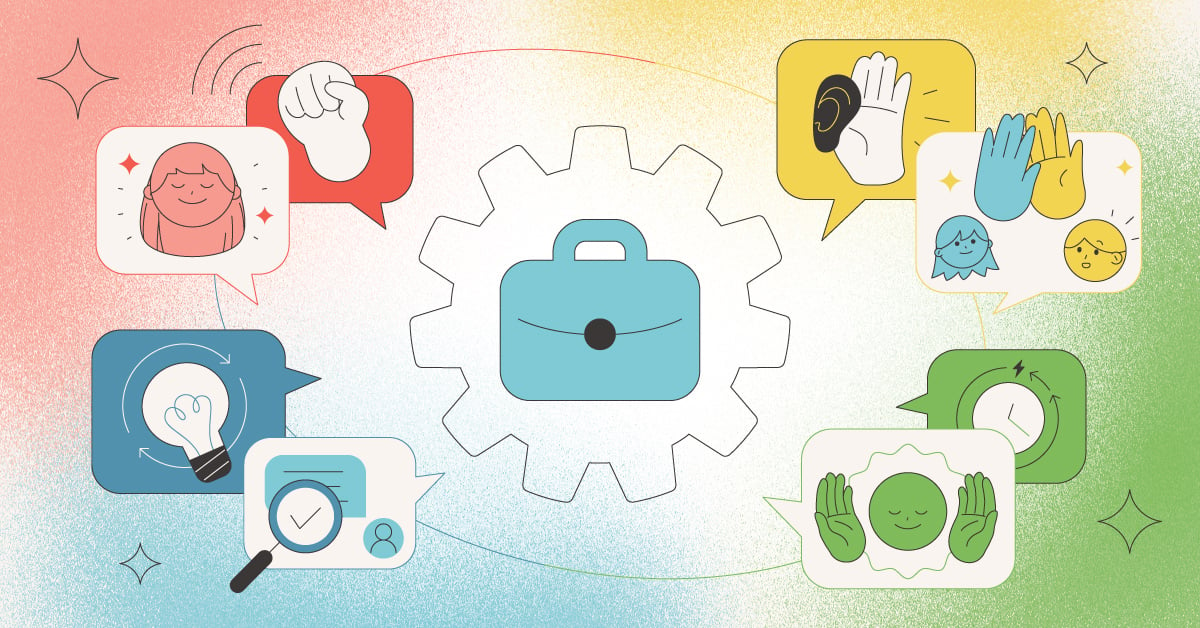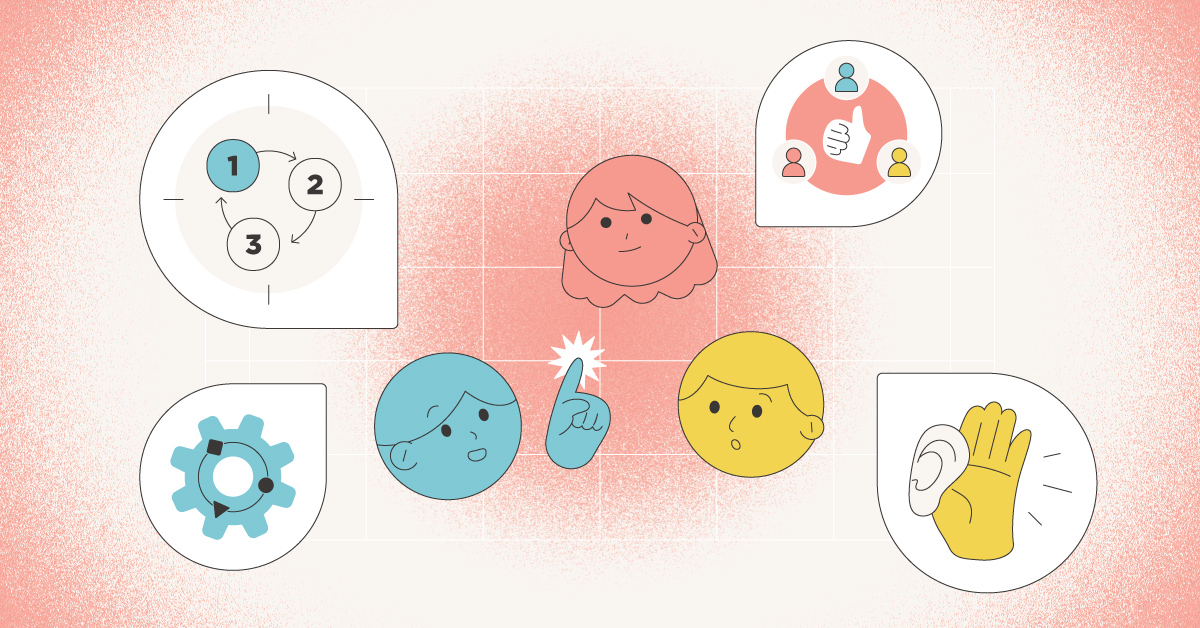
Emotional intelligence is a complex subject that takes time to fully understand. TTI SI’s EQ assessment breaks down EQ into 5 factors. Let’s explore the fifth dimension in depth!
What is EQ?
Emotional intelligence is the ability to sense, understand and effectively apply the power of acumen of emotions to facilitate higher levels of collaboration and productivity.
What Are the 5 Dimensions of EQ?
The 5 dimensions of EQ are self-awareness, self-regulation, social awareness, social regulation, and motivation. Every one of these factors is crucial for overall understanding.
Let’s look at the last factor of EQ: motivation.
What is Motivation?

Motivation is a passion to work based on an internal drive.
This factor goes beyond the 12 Driving Forces; motivation addresses the emotional value and satisfaction that comes from pursuing goals with energy and persistence.
Self-Awareness and Self-Regulation are measuring your ability to manage your "Self" emotional intelligence factors. Social Awareness and Social Regulations are measuring your ability to manage "Others". If you look at an EQ Wheel, you will see the wheel is split and the top half is labeled "Self" and the bottom half is labeled "Others". Motivation runs on the outside of the wheel as it impacts all of the factors in some fashion.
For example, if you are striving to get a better handle on your negative emotions, your motivation matters. If you are working on making that change for personal reasons, you are more likely to succeed but if you are trying to regulate your emotions because of another person, you’re more likely to return to your previous emotional state when that person is no longer part of the situation.
Why Is Motivation Important in the Workplace?
Motivation is a less tangible but crucially important force in the workplace; it can be the difference between climbing the corporate ladder and stalling out in a position. Engagement, productivity, and collaboration are all heavily influenced by the motivation of a team. Motivation can’t be taught but it can be improved and influenced.
What Does Low Motivation Look Like?
Motivation can be hard to define, so let’s take a deeper look at what low motivation looks like in practice.
Not Taking Feedback
People with low motivation may not desire to innovate or exceed expectations. They aren’t interested in improvement in their roles since they aren’t looking to excel. This may prevent them from seeking out feedback and even lead to them disregarding it when it’s given to them.
Avoiding Innovation
Being risk-averse isn’t necessarily a bad thing; Steady communicators in DISC prefer a slow pace and low-risk activity, but that’s different than the effects of low motivation. Someone with low motivation may avoid challenges and avoid taking on extra work, which can put pressure on the rest of their team.
Not chasing innovation may lead to outdated processes, less productivity, and lower quality of work. If someone isn’t motivated to think outside the box, things will get done the way they always have been done, which results in stagnation.
Not Listening to Others’ Ideas

This ties into the other two points — if someone is not open to taking feedback or taking initiative, they may not be motivated to invest their time in the people around them. People with low motivation may shun other opinions or feedback — they strive to get something done as quickly and efficiently as possible. That isn’t always the wrong call but it might lead to insular thinking and decision making, and over time, makes your teammates trust and rely on you less.
What’s Your Next Step with EQ?
Understanding and implementing EQ can get confusing, but it doesn’t have to be with the right tools! If you want to level up your understanding of EQ, TTI SI can help!
If you want to take an EQ assessment, contact us here.
If you want to join the TTI SI network and become a reseller, learn more here.




